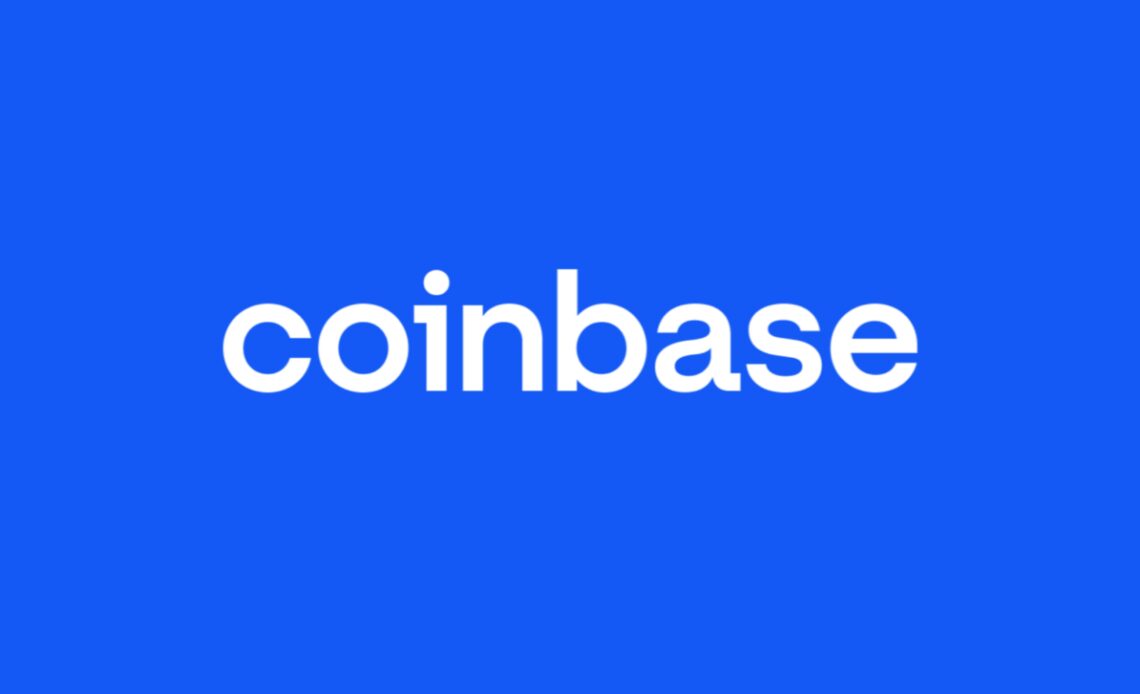Tl;dr: Building a better crypto ecosystem means building a better, more equitable future for us all. That’s why we are investing in the larger community to make sure anyone who wants to participate in the crypto economy can do so in a secure way. In this blog post, we share lessons about the nature of the vulnerability, exploitation methodology, as well as on-chain analysis of attacker behavior during the Nomad Bridge incident.
While the Nomad bridge compromise does not directly affect Coinbase, we strongly believe that attacks on any crypto business are bad for the industry as a whole and hope the information in the blog will help strengthen and inform similar projects about threats and techniques used by malicious actors.
By: Peter Kacherginsky, Threat Intelligence and Heidi Wilder, Special Investigations
On August 1, 2022 Nomad Bridge suffered the fourth largest DeFi hack with more than $186M stolen in just a few hours. As we have described in our recent blog post, from the $540M Ronin Bridge compromise in March to the $250M Wormhole bridge hack in February of 2022, it is not a coincidence that DeFi bridges constitute some of the most costly incidents in our industry.
What makes the Nomad Bridge compromise unique is the simplicity of the exploit and the sheer number of individuals taking advantage of it to empty all stored assets piece by piece.
Nomad is a bridging protocol supporting Ethereum, Moonbeam, and other chains. Nomad’s bridging protocol is built using both on-chain and off-chain components. On-chain smart contracts are used to collect and distribute bridged funds while off-chain agents relay and verify messages between different blockchains. Each blockchain deploys a Replica contract which validates and stores messages in a Merkle tree structure. Messages can be validated by either providing proof with the proveAndProcess() call or for already verified messages they can be simply submitted with the process() call. Verified messages are forwarded to a Bridge handler (e.g. ERC20 Router) which can distribute bridged assets.
On April 21, 2022 Nomad deployed a Replica proxy contract to handle processing and validation of users’ claims of bridged assets. This proxy would allow Nomad to easily change implementation logic while retaining storage across upgrades. As part of the proxy deployment, Nomad set initial contract parameters defined in the snippet below:
function initialize(uint32 _remoteDomain,address _updater,bytes32 _committedRoot,Click Here to Read the Full Original Article at The Coinbase Blog – Medium…
























